|
Ever since I switched from weekly posts to a twice-a-month posting schedule, I've been depriving you, dear readers, of the end-of-month collections of wisdom that many of you have told me you enjoy. When I noticed that this month has an extra Wednesday, I thought I'd throw in a bonus post with tidbits I've been collecting over the summer. Be tender to each other, teach a kid to read, laugh, be more tender than yesterday, repeat, ad infinitum. -- Brian Doyle It is good to have an end to journey toward, but it is the journey that matters in the end. -- Ursula K. Le Guin Recognize yourself in he and she who are not like you and me. -- Carlos Fuentes Art is the means we have of undoing the damage of haste. It's what everything else isn't. -- Theodore Roethke In a way, nobody sees a flower, really; it is so small. We haven't time, and to see takes time—like to have a friend takes time. -- Georgia O'Keeffe Hope is a verb with its sleeves rolled up. -- David Orr The quest for knowledge can be never-ending, because when you find out one thing, you want to know more. It's the joy of being a human: we're curiosity with arms and legs. -- Sylvia Earle, The Sun magazine, July 2018 Failure is the condiment that gives success its flavor. -- Truman Capote My theory is that everyone, at one time or another, has been at the fringe of society in some way: an outcast in high school, a stranger in a foreign country, the best at something, the worst at something, the one who's different. Being an outsider is the one thing we all have in common. -- Alice Hoffman The mind is not a vessel to be filled, but a fire to be kindled. -- Plutarch The most solid advice . . . for a writer is this, I think: Try to learn to breathe deeply, really to taste food when you eat, when you sleep, really to sleep. Try as much as possible to be wholly alive, with all your might, and when you laugh, laugh like hell, and when you get angry, get good and angry. Try to be alive. You will be dead soon enough. -- William Saroyan Breathe in experience, breathe out poetry. -- Muriel Rukeyser The heart pounds away, day after day, so synced up to our every movement we don't even notice. Yet it sustains us. Soft and vulnerable beneath our breast, it's no wonder this big, red muscle is the universal symbol for loving and feeling. To live is to feel. To love is to survive together. Our tender hearts connect our inner worlds with the lives all around us. -- Claire Ciel Zimmerman, Mindful magazine, June 2017 [The waves] move across a faint horizon, the rush of love and the surge of grief, the respite of peace and then fear again, the heart that beats and then lies still, the rise and fall and rise and fall of all of it, the incoming and the outgoing, the infinite procession of life. And the ocean wraps the earth, a reminder. The mysteries come forward in waves. -- Susan Casey By the way, I'll be continuing the twice-a-month posting schedule rather than weekly posts, for a bit longer, posting on the first and third Wednesdays of the month.
Here are the dates for the next few months' posts: September 5 Septembe 19 October 3 October 17 November 7 November 21 December 5 December 19
1 Comment
Quick as a darting dragonfly, summer flits past us. Those leisurely days we fantasize about all winter long soon fill up with visitors, summertime projects, and a mad, whirling mix of busy-ness and play. Before we know it, it's the middle of August, and we're trying to cram even more into what's left of the season.
Before rushing off to another activity, though, let's just pause to savor some scenes from this lovely time of year. Sunny fields and shady forests, festivals and fairs, recreation and relaxation, blossoms and berries, creatures great and small -- all the things that make summer special.  Sandy VandenBerg in her garden Sandy VandenBerg in her garden Skies were dreary and heaped with slate-colored clouds, but all was bright in Sandy VandenBerg's garden, near Fremont, Michigan, when I stopped by for a tour last week. The 75- by 80-foot flower plot, criss-crossed with paths and accented with garden ornaments, is the result of a decade-long labor of love, Sandy told me. The plot started out as a vegetable garden, edged with a border of flowers. Somehow, over the years, the vegetables disappeared, and the flowers took over. Even the flower mix evolved over time, as Sandy added more and more native plants—about 50 in all—and those plants thrived alongside the 100 or so non-natives she acquired from friends and family members who helped her get the garden started. "The natives, they just flourish, they go crazy," Sandy says. "I let them be where they want to be."  Coneflowers in Sandy's garden Coneflowers in Sandy's garden As a native plant gardener, Sandy is part of a (pardon the pun) growing trend. Many green-thumbed growers are adding native plants to their landscapes, for a variety of reasons.  Native false sunflower Native false sunflower Once established, native plants generally don't need to be fussed over. Because they're adapted to local conditions, they typically require less water—a big plus for gardeners accustomed to lugging around a hose or watering can. The gardens attract some lovely visitors, too. Native bees, butterflies, moths, bats, hummingbirds, and other pollinators flock to the flowers. The seeds, nuts, and fruits of the plants offer an enticing buffet for wildlife, and the whole plants provide shelter—all important for critters whose habitats have been fragmented or destroyed by urbanization and other factors. As natural gardening pioneer Ken Druse writes in The Natural Habitat Garden (Potter, 1994), "a habitat-style garden of native plants welcomes the whole food chain—not just flowers, birds, and butterflies, but also a magnificent decaying tree stump teeming with life, ringed by otherworldly fluted layers of fungi." In contrast, many of the flowers and ornamental shrubs and trees sold in nurseries are exotics from other parts of the world. While wildlife may utilize some of these plants, they aren't the plants these animals evolved to use. What's more, some exotic plants become invasive, outcompeting native species and degrading remaining habitat, the Audubon Society maintains. 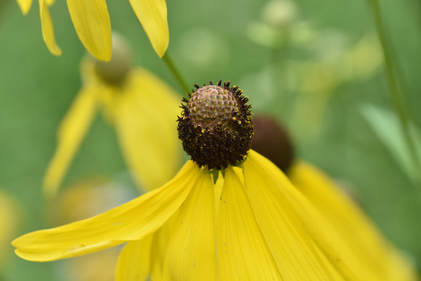 A variety of plants, such as these yellow coneflowers, can be found at native plant sales. A variety of plants, such as these yellow coneflowers, can be found at native plant sales. Sandy's interest in native plants began when her children were small. "On walks through the woods with the kids, I started noticing wildflowers, and I wanted to learn their names." As her love of local plants grew, she thought she'd like to have some in her own garden. She started shopping at the Newaygo Conservation District's annual native plant sale and attending the workshops offered during the sale each year. 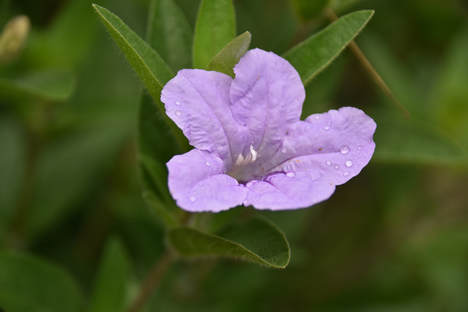 Sandy is always willing to share her plants, such as this wild petunia. Sandy is always willing to share her plants, such as this wild petunia. Now, she not only tends her own burgeoning garden, she also shares seeds and plants with friends. It's not unusual for her to show up at our Monday morning yoga class with a carload of coneflowers, wood poppies, and other treasures.  Rattlesnake master Rattlesnake master On our recent walk through her garden, we admired wild petunias, rattlesnake master, pink coneflowers, yellow coneflowers, false sunflowers, bee balm, queen of the prairie, boneset, wild ginger, native phlox, and maidenhair ferns, as well as a few non-native perennials. Especially impressive: a towering cluster of cup plants. The basin formed by their large leaves catches rainwater that birds, insects, and small mammals imbibe. The garden refreshes Sandy, too, and aligns with her yoga practice.  Time spent in the garden is refreshing Time spent in the garden is refreshing "I practice a yoga nidra called, interesting enough, “Moving into the garden of your heart,” by Betsy Downing, one of my yoga instructor heroes," she says. "I attended Betsy's workshops for several years in Grand Rapids. On the practice tape, she asks you to visualize moving through a garden. She refers to it as the garden of your heart, and it is there to return to anytime you need peace and tranquility. When I open the gates of my actual garden, all worries are left at the gates. Sometimes the time spent there is hard physical work, and other times I'm just spending time appreciating all the beauty of nature. I always walk back out the gates a more grounded and peaceful being."  Recently, Sandy has been adding native grasses, such as this Canadian rye, to the garden. Recently, Sandy has been adding native grasses, such as this Canadian rye, to the garden. As we wrapped up our garden tour, I asked Sandy for tips to share with gardeners who'd like to give natives a try. Matching plants to soil and site type is essential, she said. Prairie plants won't prosper in a boggy area, and woodland plants will wither in a sandy, dry site. Druse concurs. "Never have the words don't fight the site held so much meaning," he writes. "It is the habitat gardener's guiding principle."  Even self-sufficient plants can take some TLC Even self-sufficient plants can take some TLC Another thing to keep in mind: while native plants don't need a lot of pampering, they're not exactly maintenance-free. They can grow very tall and sprawly and may need to be staked or moved to roomier sites. And while they don't need fertilizer, adding compost can give a boost to plants that like rich soil. Sandy keeps four compost piles working and adds composted material periodically.  Bee balm, like all native plants, is better purchased from a reputable source than collected from the wild Bee balm, like all native plants, is better purchased from a reputable source than collected from the wild Also important: where you get your native plants. Plants that are propagated by a nearby native plant nursery or sold by a native-plant society or legitimate plant-rescue operation are all fair game. Digging up wild plants on your own is a no-no.  Prairie smoke in our garden Prairie smoke in our garden As a gardener who abandoned exotic perennials in favor of native plants when we moved to our woodsy setting six years ago, I can tell you that the joys of going natural far outweigh the challenges. Since I began planting and encouraging native plants, I've been delighted to see trillium, wild geranium, columbine, lupine, butterfly weed, black-eyed susans, cinquefoil, evening primrose, bee balm, horsemint, coneflowers, blazing star, prairie smoke, wild petunia, marsh marigold, blue-eyed grass, mayapple, spiderwort, and many more make themselves at home on our property. And along with them, a colorful assortment of butterflies, bees, birds, bats, and other creatures with whom I'm happy to share our space. For more information on native plant gardening: Wild Ones native plant organization Michigan Native Plant Producers Association Lady Bird Johnson Wildflower Center Landscaping with Native Plants of Michigan, by Lynn M. Steiner Bringing Nature Home, by Douglas W. Tallamy The Natural Habitat Garden, by Ken Druse with Margaret Roach All photos by Nan Pokerwinski
|
Written from the heart,
from the heart of the woods Read the introduction to HeartWood here.
Available now!Author
Nan Sanders Pokerwinski, a former journalist, writes memoir and personal essays, makes collages and likes to play outside. She lives in West Michigan with her husband, Ray. Archives
April 2022
Categories
All
|





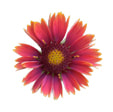




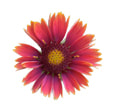




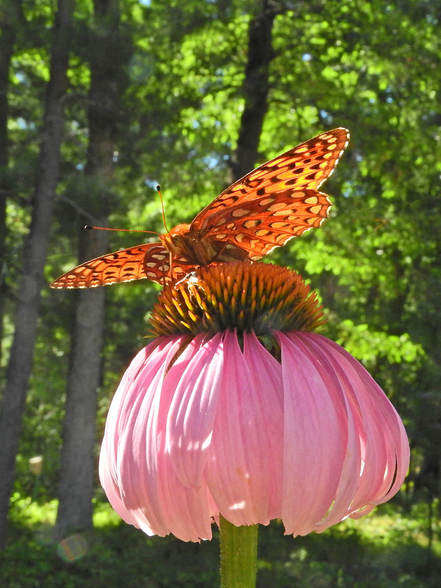


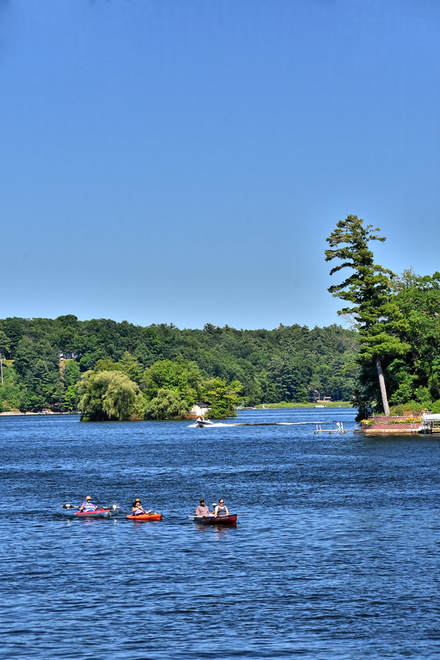






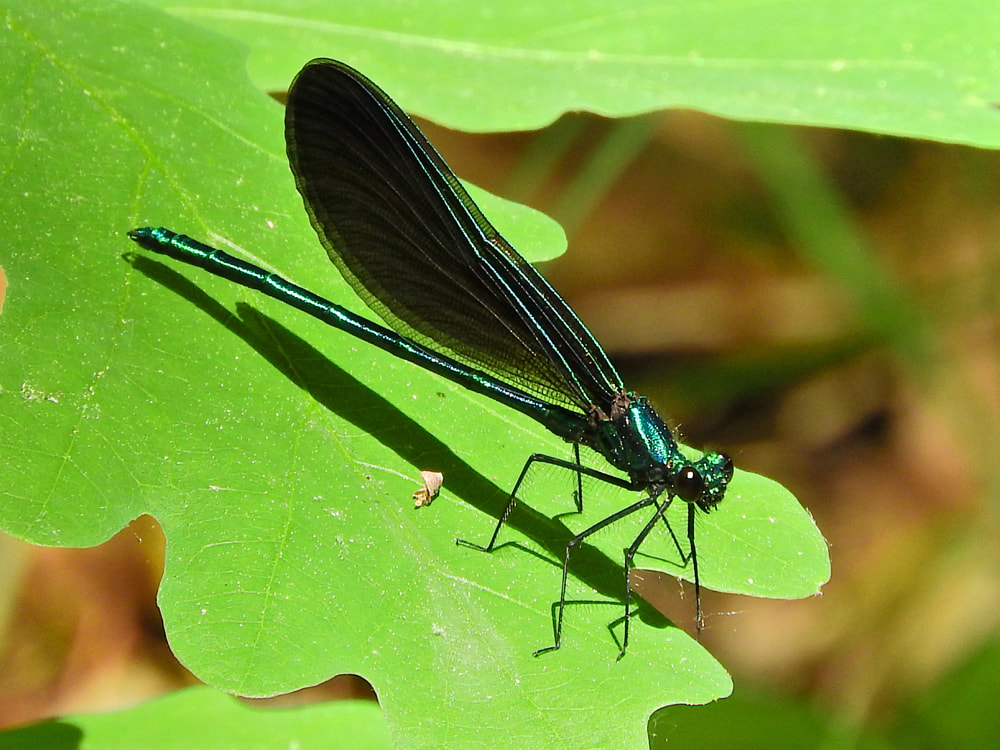



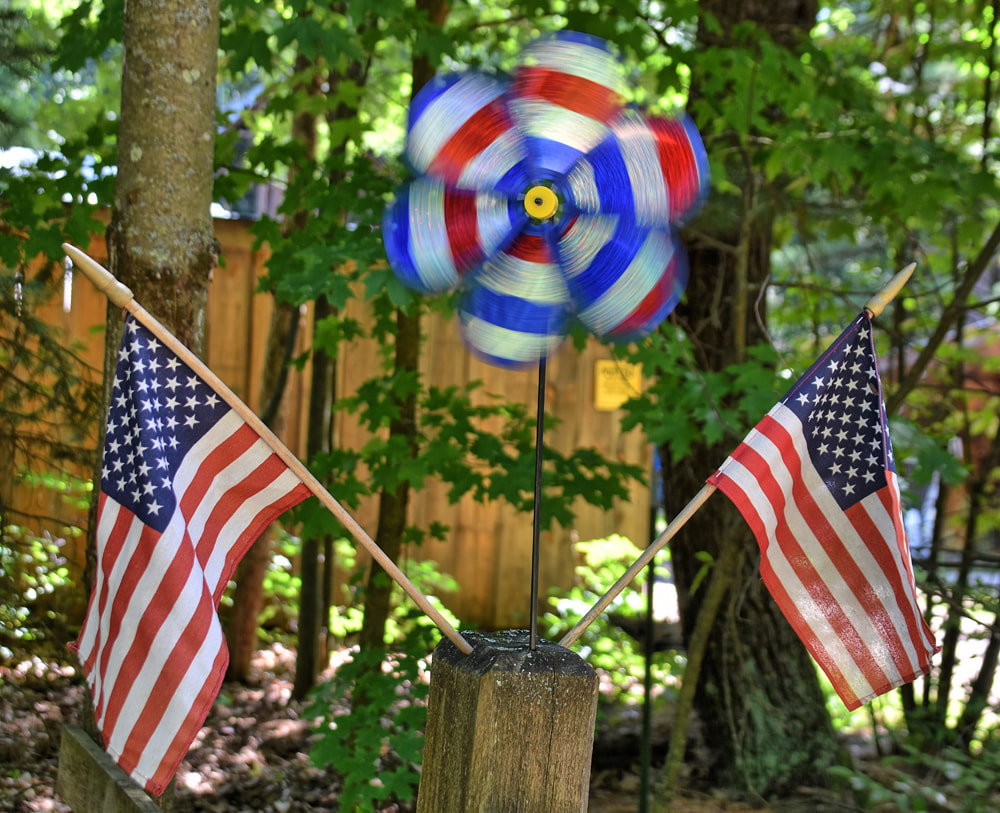
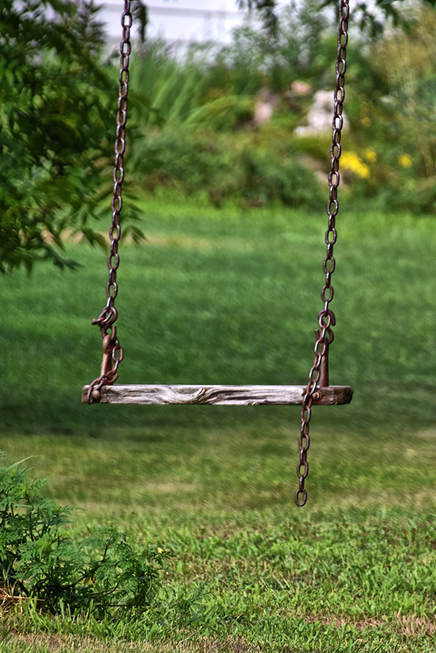


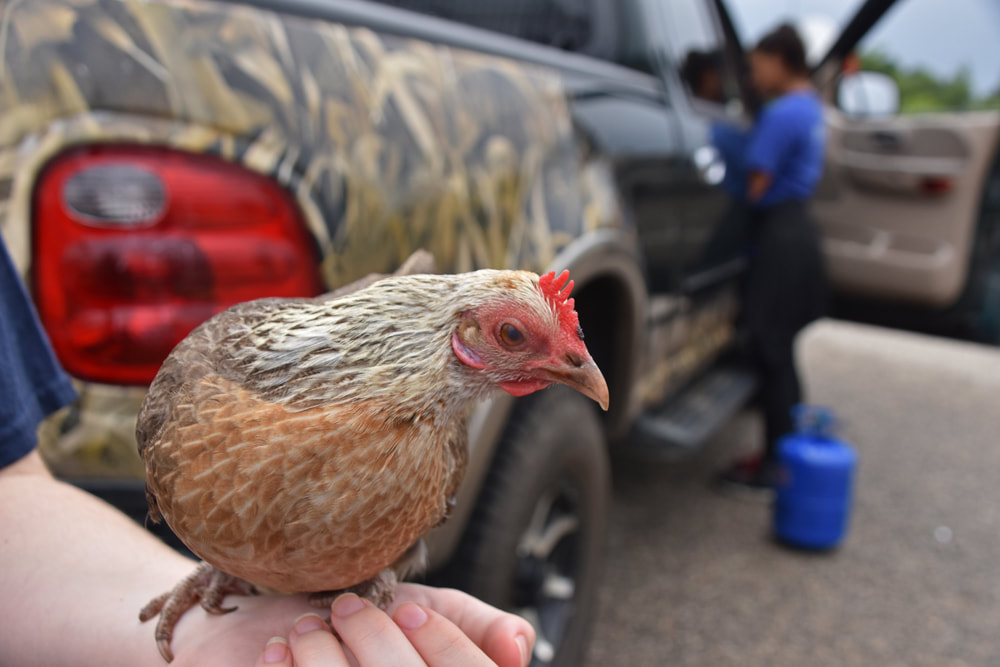









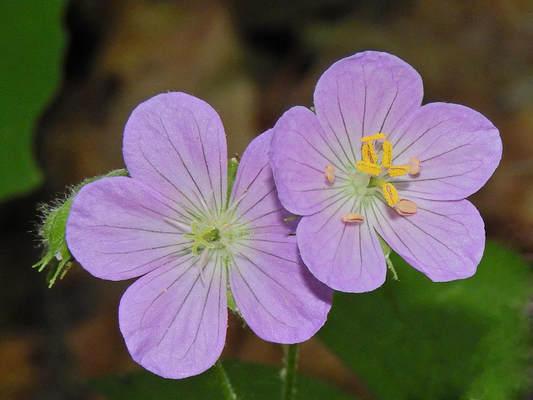




 RSS Feed
RSS Feed